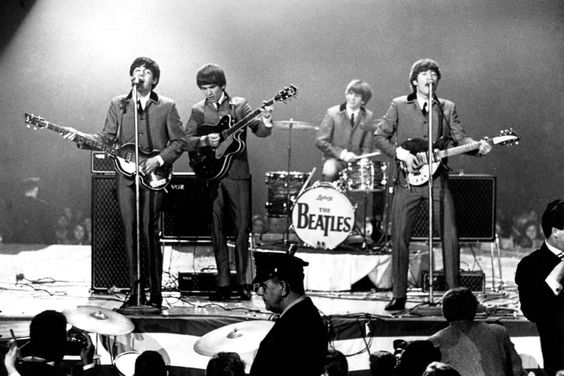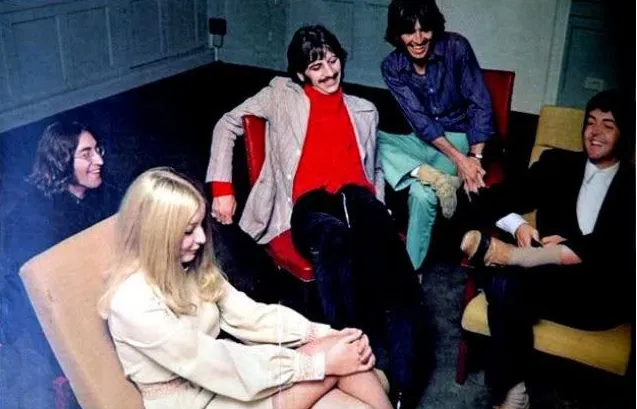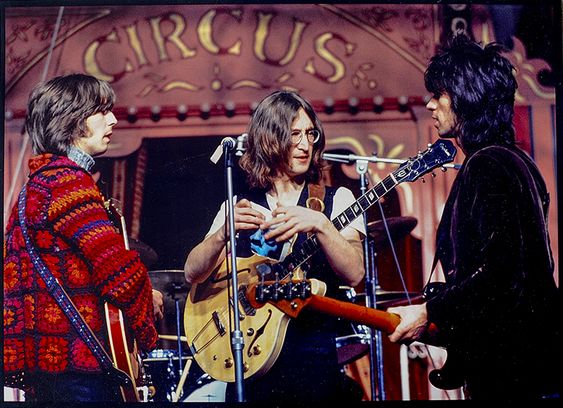About the song
(Watch the video below)
"Ticket to Ride" is not merely a song; it's a cultural landmark, a timeless anthem that encapsulates the essence of an era and the spirit of a generation. Released by The Beatles in 1965 as a part of their album "Help!", this track swiftly soared to the summits of music charts worldwide, cementing its place in the pantheon of pop music classics. With its infectious melody, evocative lyrics, and revolutionary sound, "Ticket to Ride" continues to captivate audiences across generations, leaving an indelible mark on the fabric of popular culture.
At its core, "Ticket to Ride" is a love song, albeit one with a twist. The lyrics, penned by John Lennon and Paul McCartney, narrate the story of a woman who desires independence and autonomy, signaling a departure from the traditional romantic themes prevalent in pop music at the time. The protagonist of the song, disillusioned by her relationship, seeks liberation through travel, metaphorically purchasing a "ticket to ride" and leaving her lover behind. This narrative subversion was groundbreaking, challenging societal norms and offering a glimpse into the changing attitudes of the 1960s.

Musically, "Ticket to Ride" showcases The Beatles' evolution as artists. Departing from their earlier, more straightforward rock and roll compositions, the song incorporates elements of folk, country, and even proto-punk, foreshadowing the experimental direction the band would pursue in subsequent albums. The driving rhythm, punctuated by Ringo Starr's distinctive drumming, propels the song forward with relentless energy, while George Harrison's innovative guitar riff injects a sense of urgency and excitement. The harmonies, a trademark of The Beatles' sound, are rich and layered, adding depth to the composition and elevating it to a level of sonic sophistication unmatched at the time.
One of the most remarkable aspects of "Ticket to Ride" is its production. Helmed by the legendary George Martin, The Beatles' long-time producer, the song benefited from his visionary approach to recording. Martin's innovative use of studio techniques, such as double tracking and artificial reverberation, helped shape the distinctive sound of "Ticket to Ride," creating a sonic landscape that was both immersive and immersive. The result was a track that sounded unlike anything else on the airwaves, setting a new standard for production quality in popular music.

Beyond its musical and lyrical merits, "Ticket to Ride" holds significance as a cultural touchstone of the 1960s. Released at a time of social upheaval and cultural revolution, the song resonated with a generation of young people who were challenging established norms and seeking new forms of expression. Its themes of freedom, self-discovery, and rebellion struck a chord with listeners, serving as a rallying cry for those who yearned to break free from the constraints of convention and forge their own paths in life. In this sense, "Ticket to Ride" transcended its status as a mere pop song, becoming an anthem for a countercultural movement that would leave an indelible mark on the decades to come.
Over the years, "Ticket to Ride" has endured as one of The Beatles' most beloved and enduring compositions. Its influence can be felt across a myriad of genres and musical styles, from rock and pop to punk and alternative. Countless artists have paid homage to the song through covers and reinterpretations, each putting their own unique spin on the timeless classic. Moreover, its inclusion in various films, television shows, and commercials has introduced it to new audiences and ensured its continued relevance in popular culture.
In conclusion, "Ticket to Ride" stands as a testament to The Beatles' unparalleled artistry and enduring legacy. With its innovative sound, evocative lyrics, and cultural significance, the song remains as vital and compelling today as it was upon its release over half a century ago. As long as there are ears to hear and hearts to feel, "Ticket to Ride" will continue to enchant and inspire generations to come, serving as a timeless reminder of the power of music to transcend boundaries and unite us all in a shared experience of beauty and emotion.



